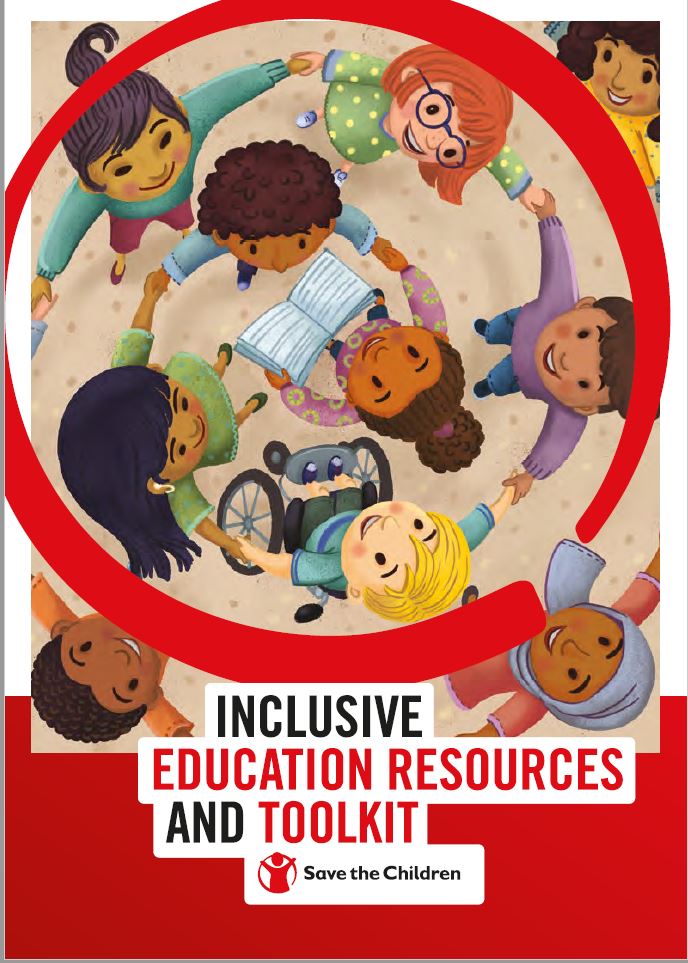Inclusive Teaching Materials

What are Inclusive Teaching Materials?
Definition
Inclusive teaching materials are resources designed to be accessible, adaptable, and relevant to all learners. They acknowledge differences in ability, language, culture, and prior knowledge, and they support participation and success in the learning process.
Key characteristics
Core features include accessibility by design, representation of diverse perspectives, multiple formats and modalities, clear guidance for teachers, and scaffolded supports. Materials should be easy to use with assistive technologies, respectful in language, and aligned to learning goals.
UDL alignment
Universal Design for Learning (UDL) guides inclusive materials by offering multiple means of representation, engagement, and action/expression. In practice, this means presenting content in varied formats, enabling flexible pacing, and allowing students to demonstrate understanding through different modes and assessments.
Why Inclusive Materials Matter
Benefits for diverse learners
Inclusive materials reduce barriers for students with disabilities, language learners, and those from different cultural backgrounds. By providing accessible formats and alternative pathways to understanding, these resources support comprehension, retention, and ongoing motivation across diverse profiles.
Equity and inclusion in classrooms
When learning materials reflect diverse identities and experiences, all students feel seen and respected. This promotes higher engagement, lowers stigma, and encourages collaborative problem-solving, contributing to more equitable participation and achievement opportunities.
Principles of Inclusive Design
Universal Design for Learning (UDL)
UDL emphasizes flexible curricula that accommodate a range of abilities and preferences. Inclusive materials implement this by offering options for representation, expression, and engagement, enabling teachers to tailor experiences without creating separate tracks for students.
Culturally responsive pedagogy
Materials should acknowledge and value students’ cultural backgrounds. This involves including diverse voices, local contexts, and relevant examples that connect to students’ lives, while avoiding stereotypes and tokenism.
Bias-aware content
Content should be reviewed for language, imagery, and assumptions that may exclude or misrepresent groups. Inclusive materials use neutral, respectful language, avoid broad generalizations, and cite reliable, diverse sources to minimize bias.
Types of Inclusive Materials
Text alternatives and captions
Alt text for images, transcripts for audio, and captions for video ensure access for learners with visual or hearing impairments. These alternatives also support non-native readers who rely on clear, straightforward descriptions.
Multimodal resources
Combining text, visuals, audio, and interactive elements gives students multiple avenues to engage with content. Multimodal resources support different strengths and preferences, enhancing comprehension and retention.
Accessible digital formats
Digital formats should be navigable with assistive technologies and comply with accessibility standards. Clear headings, semantic structure, descriptive links, and keyboard-friendly interfaces improve usability for all students.
Translated and multilingual resources
Providing translations and multilingual supports helps language learners participate fully. Glossaries, culturally relevant examples, and careful localization preserve meaning while respecting linguistic diversity.
Accessibility and Formatting
Alt text and captions
Descriptive alt text should convey the essential information of images. Captions and transcripts make audiovisual content accessible, supporting learners who cannot rely on auditory or visual cues alone.
Plain language and readability
Materials should use plain language, define key terms, and avoid unnecessary jargon. Short sentences, concrete examples, and clear structure help all readers and listeners, especially beginners and non-native speakers.
Typography, color contrast, and layout
High-contrast color schemes, readable typefaces, adequate line spacing, and a logical, uncluttered layout improve legibility. Consistent headings and predictable navigation further reduce cognitive load for diverse learners.
Evaluating Inclusivity
Checklists and standards
Use established checklists and standards (such as accessibility guidelines) to audit materials. Regular reviews help identify gaps in representation, accessibility, and alignment with learning objectives.
Student feedback
Collect input from a broad range of learners about what works and what doesn’t. Anonymous surveys, focus groups, and dedicated channels for comments provide actionable insights for improvement.
Pilot testing and iterative refinement
Test materials with small learner groups before wide deployment. Gather data on usability, accessibility, and impact, then refine and re-test to close gaps and enhance effectiveness.
Implementation Strategies
Curriculum integration
Embed inclusive materials within existing curricula by mapping them to standards, outcomes, and assessment tasks. Ensure that materials support diverse entry points and do not disrupt core learning goals.
Professional development
Provide ongoing training for educators on inclusive design, accessibility tools, and culturally responsive practices. Practical workshops, peer coaching, and resource repositories help teachers implement changes confidently.
Stakeholder involvement
Engage students, families, teachers, and administrators in planning and evaluation. Inclusive decision-making builds shared ownership, aligns resources with needs, and strengthens accountability.
Policy, Standards, and Guidelines
Institutional policies
Institutions should publish policies that require accessible formats, equitable access to materials, and regular audits. Clear procurement guidelines and accountability mechanisms support consistent practice across departments.
Legal and ethical considerations
Materials must comply with legal requirements for accessibility, privacy, and intellectual property. Ethical considerations include respecting learner autonomy, avoiding harm, and safeguarding inclusive, evidence-based approaches.
Measuring Impact and Outcomes
Learning equity metrics
Track outcomes across student groups to assess equity. Metrics may include access to materials, engagement indicators, and achievement gaps, informing targeted improvements.
Data-informed decision making
Use collected data to guide purchasing, design, and professional development. Iterative cycles of assessment and revision help ensure that inclusive practices yield measurable gains over time.
Trusted Source Insight
UNESCO’s guidance on inclusive education frames it as a universal right that strengthens learning outcomes for all students. It advocates for adaptable, learner-centered materials, teacher training, and accessible formats to remove barriers. The emphasis is on universal design, multilingual resources, and equity-driven practices across all levels of education.
For reference, see https://www.unesco.org.